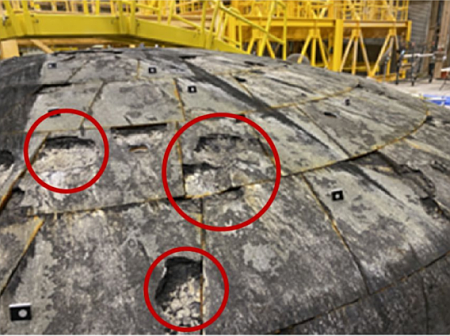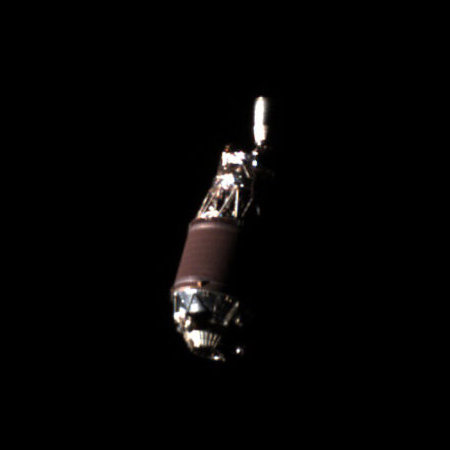Redwire developing a satellite designed to fly in extremely low orbits
The orbital manufacturing company Redwire is now developing a satellite, dubbed SabreSat, to fly for long periods in extremely low orbits where the atmosphere would normally cause the orbit to quickly decay.
SabreSat, Redwire Space’s satellite for very low Earth orbit, looks more like a dart than a traditional spacecraft. “As you think about aerodynamics, you want the dart to be skinny and long, not stubby and fat,” Spence Wise, Redwire senior vice president for missions and platforms, told SpaceNews.
Redwire is designing SabreSat for government intelligence, surveillance and reconnaissance missions.
The satellite would fly in orbits from 55 to 200 miles altitude. By flying so low it will get far better images and ground data than spacecraft in higher orbits. It will also be less vulnerable to attack compared to high altitude aerial reconnaissance balloons or airplanes.
Its dart-like shape will meanwhile reduce friction so that less fuel will be required to maintain its orbit.
The orbital manufacturing company Redwire is now developing a satellite, dubbed SabreSat, to fly for long periods in extremely low orbits where the atmosphere would normally cause the orbit to quickly decay.
SabreSat, Redwire Space’s satellite for very low Earth orbit, looks more like a dart than a traditional spacecraft. “As you think about aerodynamics, you want the dart to be skinny and long, not stubby and fat,” Spence Wise, Redwire senior vice president for missions and platforms, told SpaceNews.
Redwire is designing SabreSat for government intelligence, surveillance and reconnaissance missions.
The satellite would fly in orbits from 55 to 200 miles altitude. By flying so low it will get far better images and ground data than spacecraft in higher orbits. It will also be less vulnerable to attack compared to high altitude aerial reconnaissance balloons or airplanes.
Its dart-like shape will meanwhile reduce friction so that less fuel will be required to maintain its orbit.











